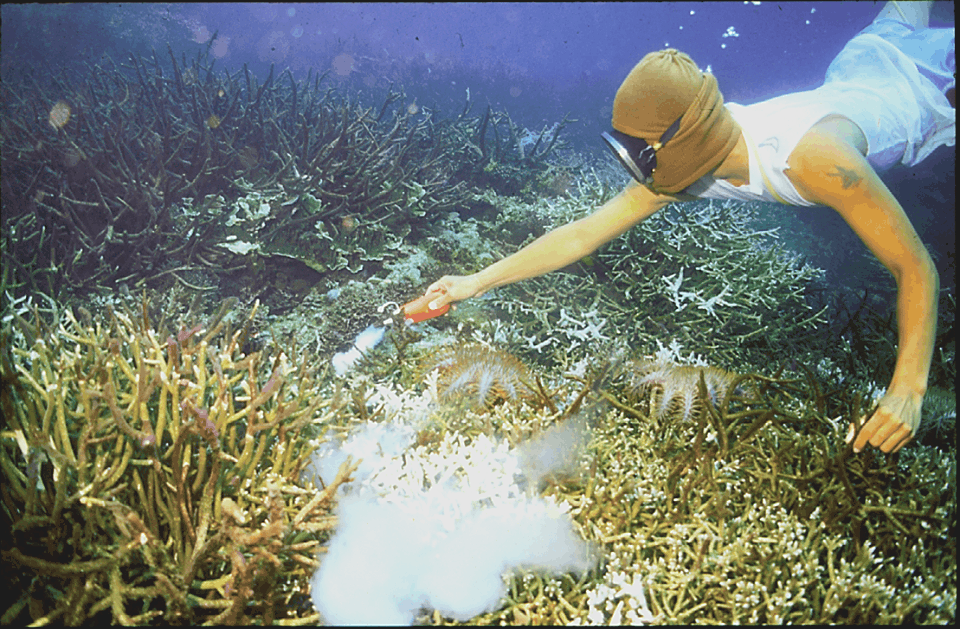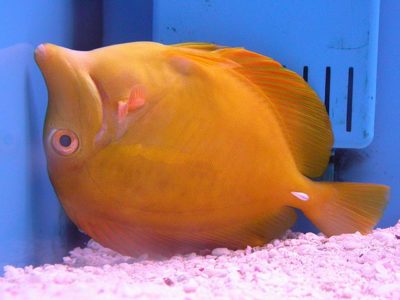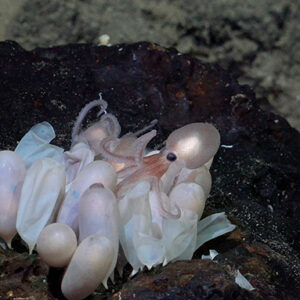
You can buy tropical fish at many stores, including Walmart and chain pet stores like PetCo, as well as all of the specialty stores that boast inventories of exotic fish that are difficult to take care of. While people ranging from amateurs to tropical fish connoisseurs frequent shops in an effort to build up their aquariums, there’s something horrifying that most of them aren’t aware of: for every fish that’s sold at a store, six have died sometime in the process of catching them and selling them. That translates to millions of fish and other wildlife that are killed as a result of this trade.
It all starts in the ocean, where wild fish thrive but continue to be hunted by humans looking to sell them by the thousands to retailers. In a report from the United Nations Environment Programme, it’s estimated that 20 to 24 million fish are taken from the oceans each year to further the tropical fish trade. The biggest culprits are Philippines and Indonesia, where the most fish are exported from, but this occurs off many coasts, including Hawaii’s.

When a group of fish is targeted in the Philippines and Indonesia, fish collectors often used a toxic chemical called cyanide to stun the fish and capture them.
“When cyanide is squirted onto a reef, 50 percent of the reef and animals who are exposed, die,” Rene Umberger, founder of For The Fishes, an organization that advocates for the protection of wild fish, told The Dodo. “Within hours, another percentage dies. Within days, another. It’s destroying reefs and entire ecosystems.”
The fish that are closest to the spray are guaranteed to die, and Umberger says you can see them gasping for air. Even the ones that don’t die right away have a high chance of dying during the rest of their capture and transport either from the cyanide or a variety of other factors, one of which includes surfacing from the ocean to reach the boat. A fish’s swim bladder is often punctured to quicken the process of bringing the fish to the surface so that fishermen can collect as many as possible.
“Aquarium fish collectors are in a rush to get their fish to market, so instead of taking the time to decompress the fish by slowly bringing them to the surface, they instead skewer the fish with a needle aimed at the fish’s swim bladder, a technique called ‘fizzing,'” Teresa M. Telecky, senior director of the wildlife department for Humane Society International, told The Dodo. “This causes physical damage to the fish’s scales, skin, circulatory system, muscle and the swim bladder, which is an organ.”

The fish are then transported in small plastic bags that are easily filled with excrement, bounce around excessively, and contain little water. In an effort to avoid too much fish waste in the bags, fish collectors typically starve them for 24 to 48 hours despite the fact that most fish are the kind that are accustomed to grazing all day. The ones that have sharp dorsal fins have them cut off to avoid puncturing the bag, which is extremely painful because it’s a part of the fish’s skeleton.
On top of all this, there are still tons of other things that can go wrong at any point during this process, including mechanical failures that can lead to the deaths of entire batches of fish, like what happened in 2010 in Hawaii. A group of Hawaiian people happened across a bag of 610 dead fish in a dumpster, which they laid out and counted, and attributed it to a mechanical failure that left them all dead.

If the fish do make it through this grueling process, they often don’t live for very long in captivity because of the stress they have just endured and the new confines of their tank.
“Most wild-caught marine fish do not survive long in captivity, particularly in average home aquariums, which keeps the demand for new ‘replacement’ aquarium animals high, meaning more damage to wildlife populations,” Telecky said. “It’s a revolving door of cruelty and destruction.”
According to Umberger, six fish die from reef to retail for every one fish that’s purchased, meaning that about 10 million fish die every year from this industry. Surprisingly, not many people know about this cruelty, despite the fact that 98% of tropical fish in aquariums come from the ocean. They may be small, but these small fish deserve our protection and their ecosystems deserve better care. If you would like to help For The Fishes in their mission to stop wildlife trafficking, you can do so here.


